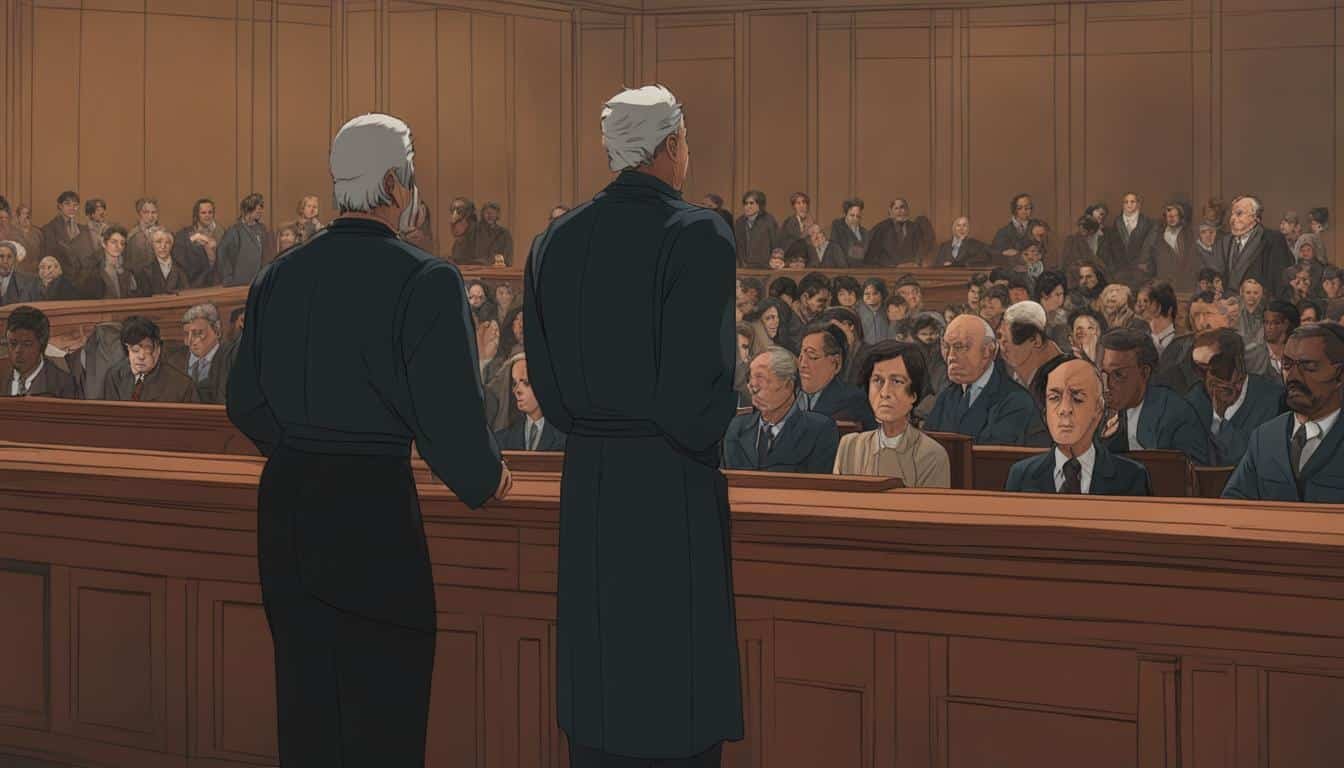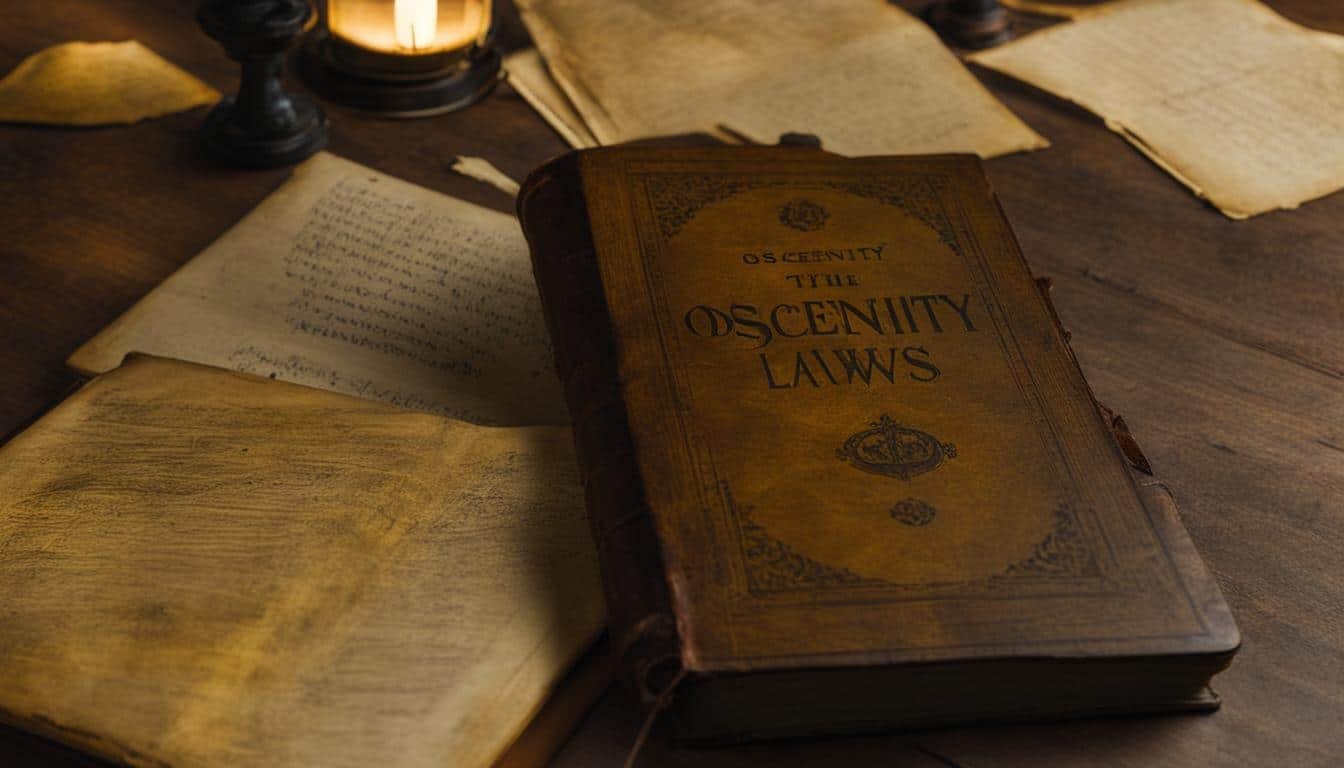The rising number of obscenity crimes in our society is having significant social consequences that need to be thoroughly examined. Over the past three decades, the expansion of federal criminal law has resulted in an excess of agency referrals, giving federal prosecutors a wide range of activities to choose from when deciding which crimes to prosecute. Scholars are keen on understanding the factors that influence prosecutors’ decision-making, including why they choose to prosecute certain types of crimes while ignoring others. Local prosecutors are often influenced by the political preferences of their community, while federal prosecutors serve multiple stakeholders, including the president and the attorney general. This has led to varying prioritization of obscenity prosecutions depending on the presidential administration, with conservative and evangelical groups advocating for stricter enforcement. To truly grasp the consequences of the increased obscenity crimes in our society, it is crucial to comprehend the interplay between local political culture, presidential priorities, and federal prosecutorial discretion.
Key Takeaways:
- The rise in obscenity crimes has resulted in significant social consequences that warrant investigation.
- Federal prosecutors have a surplus of activities to choose from due to the expansion of federal criminal law.
- Political preferences of communities and presidential administrations influence the prioritization of obscenity prosecutions.
- Understanding the interplay between local political culture, presidential priorities, and federal prosecutorial discretion is critical to comprehending the consequences of increased obscenity crimes.
The Evolution of Obscenity Laws and Court Decisions
The definition and regulation of obscenity have been a contentious issue in First Amendment law. The Supreme Court has struggled to define obscenity and establish clear guidelines for prosecution. Early U.S. courts adopted the Hicklin rule, which allowed for the suppression of any work that could corrupt susceptible individuals. However, this broad test resulted in the suppression of a significant amount of free expression.
In the landmark case Roth v. United States, the Court introduced a new test that focused on the dominant theme of the material as a whole and the average person’s perspective. This test was further refined in subsequent cases such as Memoirs v. Massachusetts and Miller v. California. The Miller test, with its three-part framework, became the leading test for obscenity cases. However, its reliance on contemporary community standards and the challenges posed by the Internet age have led to debates about the need for a national standard.
It is important to understand the evolution of obscenity laws and court decisions to grasp the legal context surrounding increased obscenity crimes. Here is a comparative table highlighting the key elements of the different tests:
| Test | Focus | Subjectivity | Community Standards |
|---|---|---|---|
| Hicklin Rule | Corruption of susceptible individuals | High | No |
| Roth Test | Dominant theme of the material | Medium | No |
| Miller Test | Appeals to prurient interest, lacking literary, artistic, political or scientific value | Low | Yes |
The evolution of obscenity laws and court decisions demonstrates the ongoing struggle to strike a balance between protecting free expression and addressing potentially harmful or offensive material. Understanding these legal developments is crucial in analyzing the complex issues surrounding increased obscenity crimes in society.
The Controversy Surrounding Obscenity Prosecutions
The issue of obscenity prosecutions has sparked significant controversy and debate among legal experts and society as a whole. While the U.S. Constitution protects most forms of pornography as a form of adult expression, obscenity remains outside of First Amendment protection.
One of the key challenges lies in determining what qualifies as obscene. This subjective determination has resulted in inconsistent court decisions over the years. Many justices have struggled to provide a clear definition, with Justice Stewart famously stating, “I know it when I see it.”
The emphasis on contemporary community standards further complicates the matter. Materials that may be considered obscene in one jurisdiction might not be in another. This raises concerns about potential censorship and the infringement of free expression.
Furthermore, the expansion of obscenity laws to include potentially harmful material for minors and the ongoing debate surrounding the regulation of violent media have added additional layers of complexity to the issue.
Source Links
- https://www.pbs.org/wgbh/pages/frontline/shows/porn/prosecuting/overview.html
- https://www.ncbi.nlm.nih.gov/pmc/articles/PMC5231412/
- https://firstamendment.mtsu.edu/article/obscenity-and-pornography/







